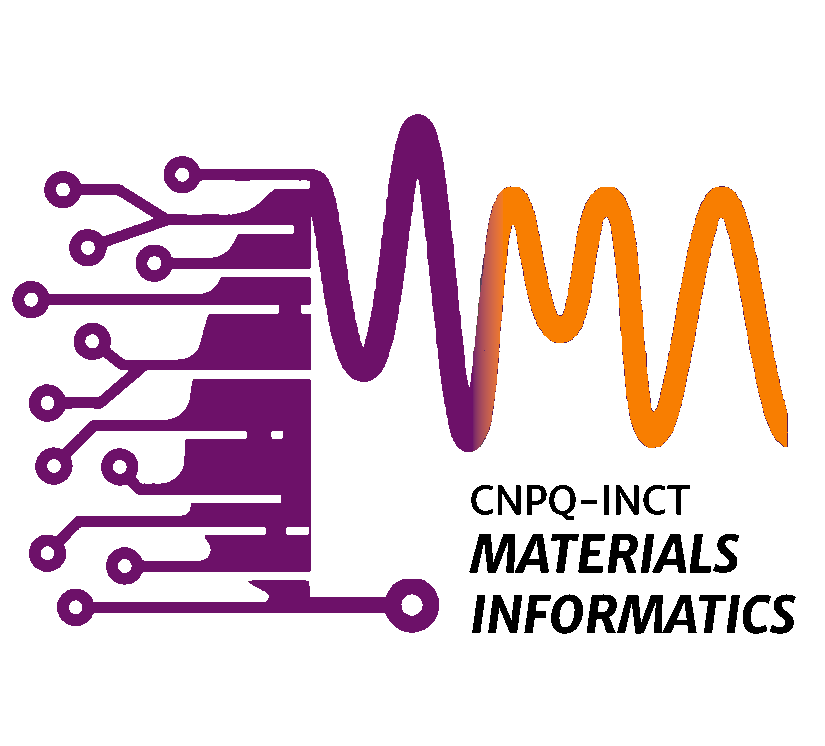1.
Khatun, Salma; Alanwoko, Onyedikachi; Pathirage, Vimukthi; de Oliveira, Caique C.; Tromer, Raphael M.; Autreto, Pedro A. S.; Galvao, Douglas S.; Batzill, Matthias
Solid State Reaction Epitaxy, A New Approach for Synthesizing Van der Waals heterolayers: The Case of Mn and Cr on Bi2Se3 Journal Article
Em: Adv Funct Materials, 2024, ISSN: 1616-3028.
@article{Khatun2024,
title = {Solid State Reaction Epitaxy, A New Approach for Synthesizing Van der Waals heterolayers: The Case of Mn and Cr on Bi_{2}Se_{3}},
author = {Salma Khatun and Onyedikachi Alanwoko and Vimukthi Pathirage and Caique C. de Oliveira and Raphael M. Tromer and Pedro A. S. Autreto and Douglas S. Galvao and Matthias Batzill},
doi = {10.1002/adfm.202315112},
issn = {1616-3028},
year = {2024},
date = {2024-03-12},
urldate = {2024-03-12},
journal = {Adv Funct Materials},
publisher = {Wiley},
abstract = {AbstractVan der Waals (vdW) heterostructures that pair materials with diverse properties enable various quantum phenomena. However, the direct growth of vdW heterostructures is challenging. Modification of the surface layer of quantum materials to introduce new properties is an alternative process akin to solid state reaction. Here, vapor deposited transition metals (TMs), Cr and Mn, are reacted with Bi2Se3 with the goal to transform the surface layer to XBi2Se4 (X = Cr, Mn). Experiments and ab initio MD simulations demonstrate that the TMs have a high selenium affinity driving Se diffusion toward the TM. For monolayer Cr, the surface Bi2Se3 is reduced to Bi2‐layer and a stable (pseudo) 2D Cr1+δSe2 layer is formed. In contrast, monolayer Mn can transform upon mild annealing into MnBi2Se4. This phase only forms for a precise amount of initial Mn deposition. Sub‐monolayer amounts dissolve into the bulk, and multilayers form stable MnSe adlayers. This study highlights the delicate energy balance between adlayers and desired surface modified layers that governs the interface reactions and that the formation of stable adlayers can prevent the reaction with the substrate. The success of obtaining MnBi2Se4 points toward an approach for the engineering of other multicomponent vdW materials by surface reactions.},
keywords = {Biomaterials, Condensed Matter Physics, Electrochemistry, Electronic, Optical and Magnetic Materials},
pubstate = {published},
tppubtype = {article}
}
<jats:title>Abstract</jats:title><jats:p>Van der Waals (vdW) heterostructures that pair materials with diverse properties enable various quantum phenomena. However, the direct growth of vdW heterostructures is challenging. Modification of the surface layer of quantum materials to introduce new properties is an alternative process akin to solid state reaction. Here, vapor deposited transition metals (TMs), Cr and Mn, are reacted with Bi<jats:sub>2</jats:sub>Se<jats:sub>3</jats:sub> with the goal to transform the surface layer to XBi<jats:sub>2</jats:sub>Se<jats:sub>4</jats:sub> (X = Cr, Mn). Experiments and ab initio MD simulations demonstrate that the TMs have a high selenium affinity driving Se diffusion toward the TM. For monolayer Cr, the surface Bi<jats:sub>2</jats:sub>Se<jats:sub>3</jats:sub> is reduced to Bi<jats:sub>2</jats:sub>‐layer and a stable (pseudo) 2D Cr<jats:sub>1+δ</jats:sub>Se<jats:sub>2</jats:sub> layer is formed. In contrast, monolayer Mn can transform upon mild annealing into MnBi<jats:sub>2</jats:sub>Se<jats:sub>4</jats:sub>. This phase only forms for a precise amount of initial Mn deposition. Sub‐monolayer amounts dissolve into the bulk, and multilayers form stable MnSe adlayers. This study highlights the delicate energy balance between adlayers and desired surface modified layers that governs the interface reactions and that the formation of stable adlayers can prevent the reaction with the substrate. The success of obtaining MnBi<jats:sub>2</jats:sub>Se<jats:sub>4</jats:sub> points toward an approach for the engineering of other multicomponent vdW materials by surface reactions.</jats:p>
2.
Aslla-Quispe, A. P.; Cruz-Yupanqui, G. M.; Miwa, Roberto H.; Guerra, J. D. S.
Ab initio study of samarium doped barium titanate Journal Article
Em: Ferroelectrics, vol. 611, não 1, pp. 13–24, 2023, ISSN: 1563-5112.
@article{Aslla-Quispe2023,
title = {Ab initio study of samarium doped barium titanate},
author = {A. P. Aslla-Quispe and G. M. Cruz-Yupanqui and Roberto H. Miwa and J. D. S. Guerra},
doi = {10.1080/00150193.2023.2201765},
issn = {1563-5112},
year = {2023},
date = {2023-07-27},
urldate = {2023-07-27},
journal = {Ferroelectrics},
volume = {611},
number = {1},
pages = {13--24},
publisher = {Informa UK Limited},
keywords = {Condensed Matter Physics, Electronic, Optical and Magnetic Materials},
pubstate = {published},
tppubtype = {article}
}

